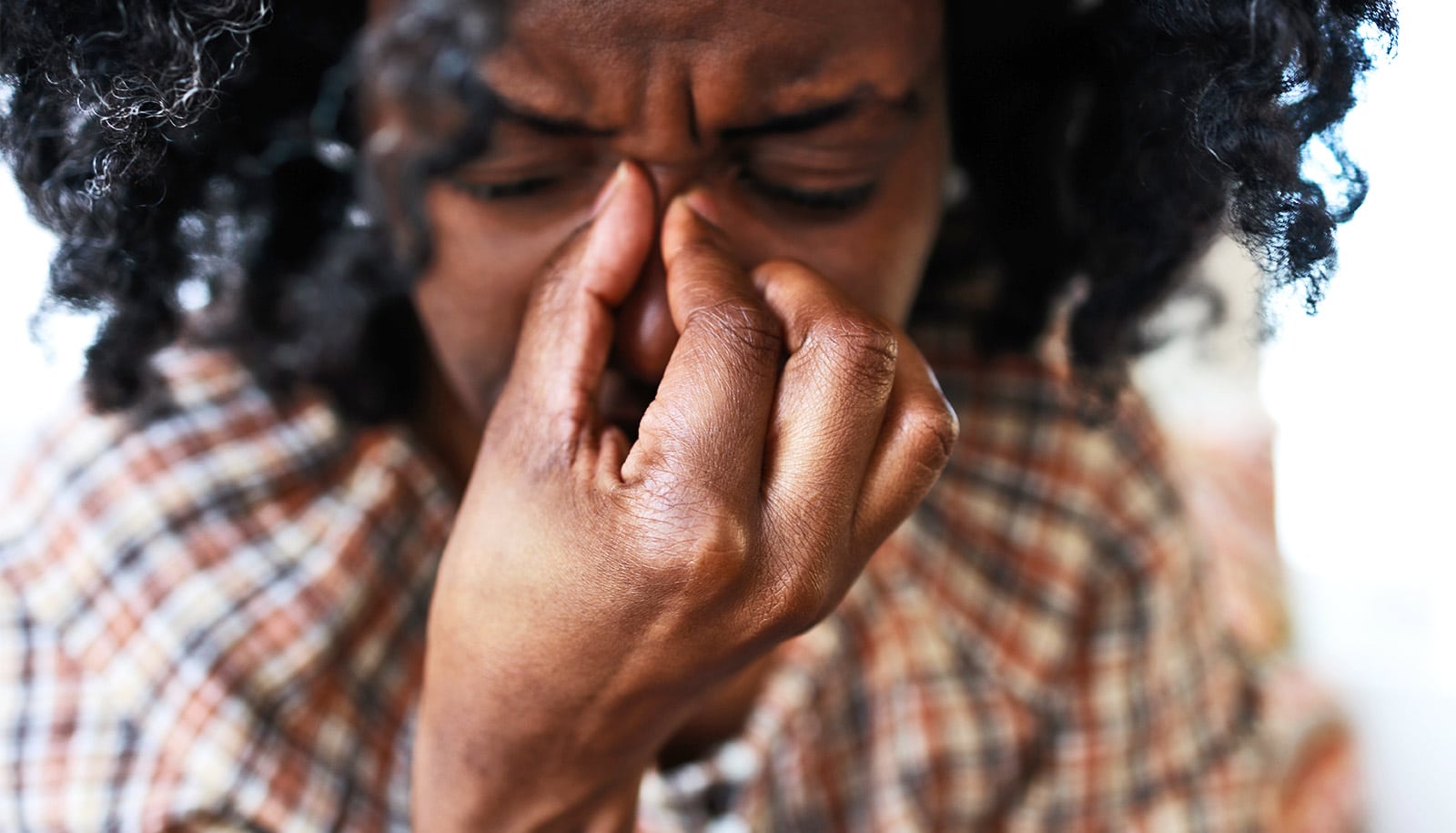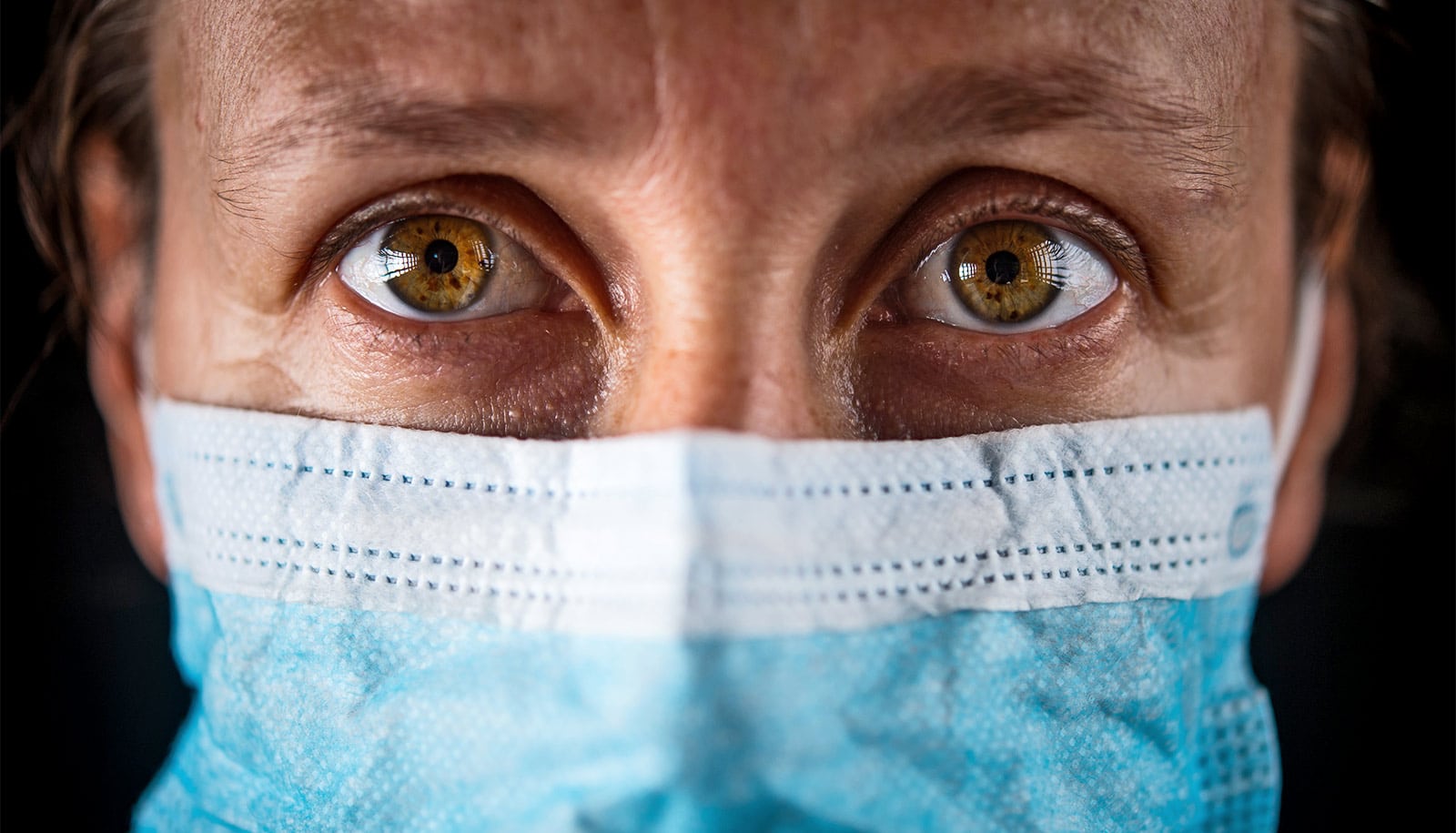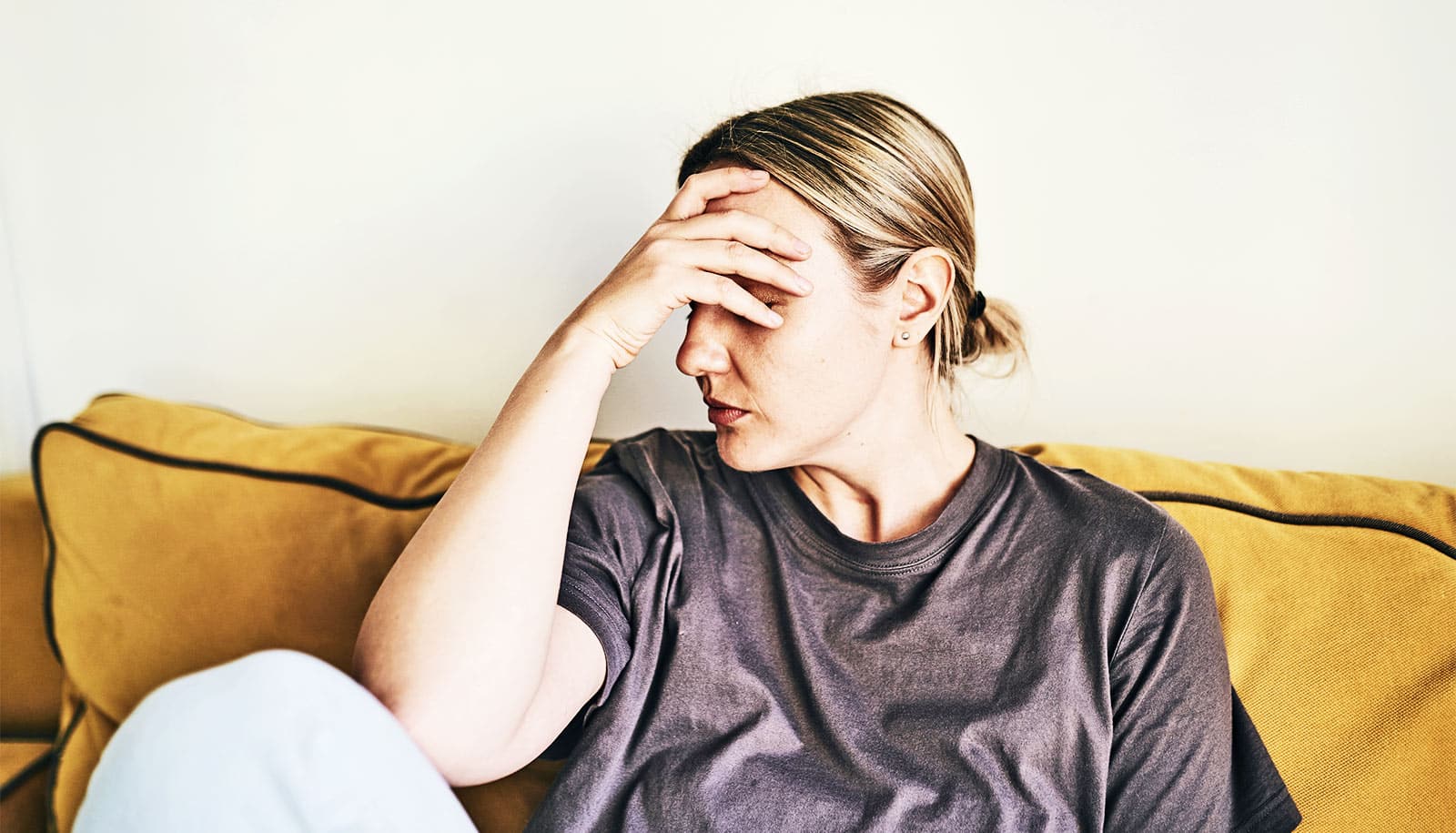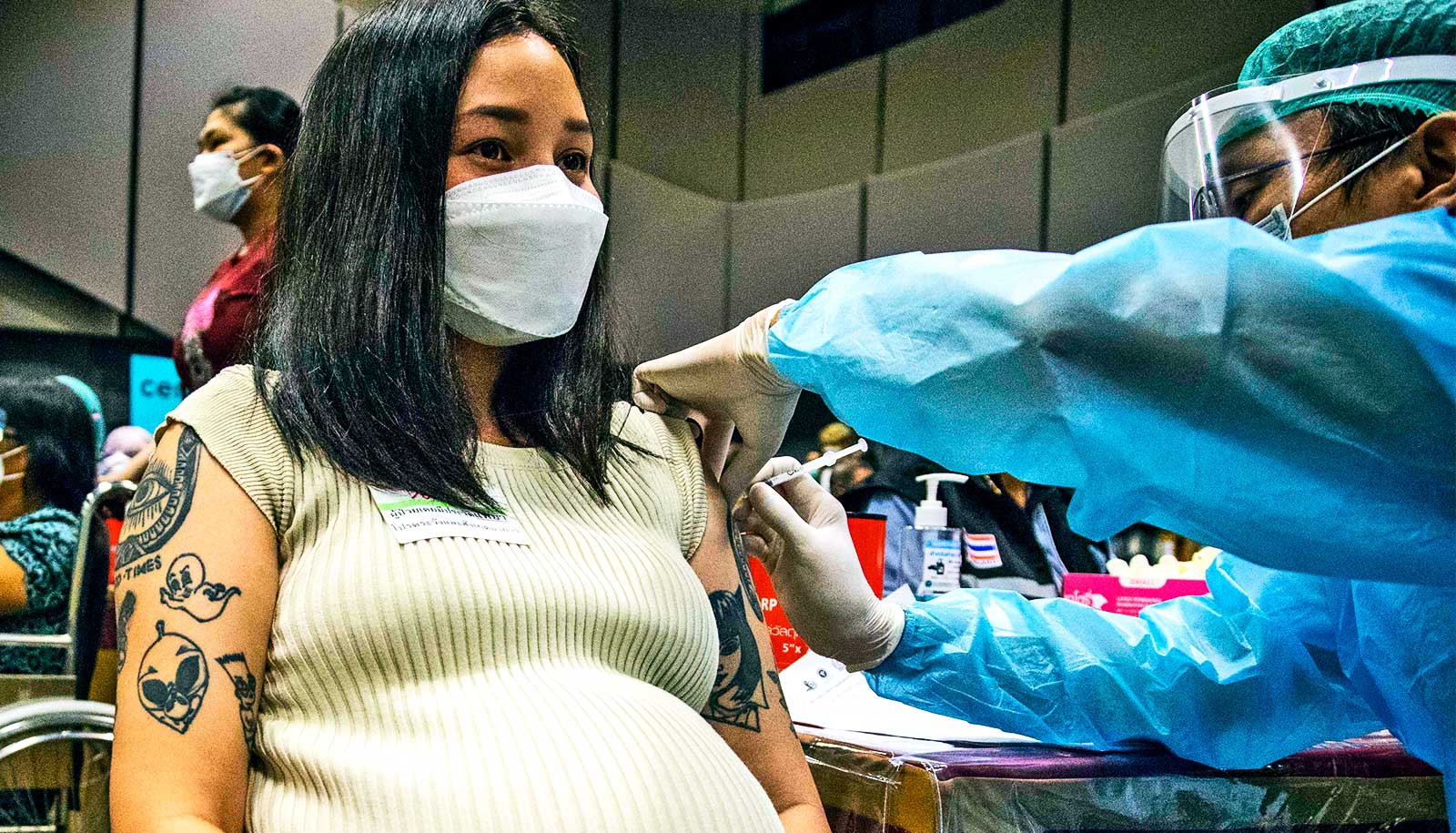People who have experienced COVID symptoms for months or longer after being infected exhibit different immune and hormonal responses to the virus, a new study finds.
The discovery of these distinct responses can help scientists for the first time identify the causes—and potentially explore cures—for the often debilitating illness that has afflicted millions of people worldwide. An estimated 7.5% of people infected with the SARS-CoV-2 virus in the US later suffer from long COVID.
“If you are a doctor doing routine lab work on these patients, you are not going to find these signals,” says Akiko Iwasaki, professor of immunobiology at Yale University and co-senior author of the paper.
The findings appear in the journal Nature.
For the study, researchers analyzed blood samples from 268 people who had either experienced long COVID symptoms for an average of one year; had been infected with COVID-19 but had fully recovered; or had no known prior infections. The researchers observed significant differences between the circulating antibodies and other immune system cells among those with long COVID and the other groups of patients.
Among those who had exhibited long COVID researchers also found increased circulation of antibodies that help the body fight non-COVID-19 viruses, particularly those known to defend against Epstein-Barr virus, a human herpesvirus that has been linked with many cancers. In addition, these patients had markedly lower levels of cortisol, a steroid hormone released by the adrenal glands in times of stress.
While these findings reveal key biological processes associated with long COVID, the complexity of individual responses means developing therapies to treat the ailment will be difficult, the authors say.
“There is no ‘silver bullet’ for treating long COVID, because it is an illness that infiltrates complex systems such as the immune and hormonal regulation,” says co-senior author David Putrino, a professor of rehabilitation and human performance at Icahn Mount Sinai and director of the Cohen Center for Recovery From Complex Chronic Illness.
The new insights, however, provide important clues that may help in developing new diagnostics and therapies, Iwasaki says.
“Once we have more information on these signals, we can start to think about designing the right trials to treat this condition,” she says.
Additional coauthors are from Yale, the Fred Hutchinson Cancer Center, and the Icahn School of Medicine.
Source: Yale University



